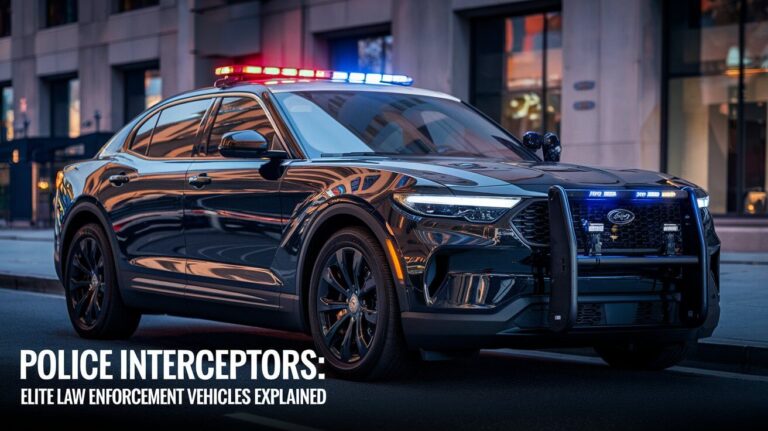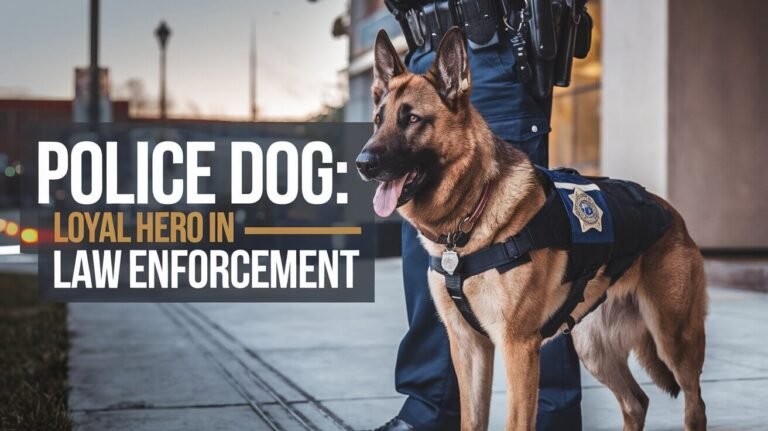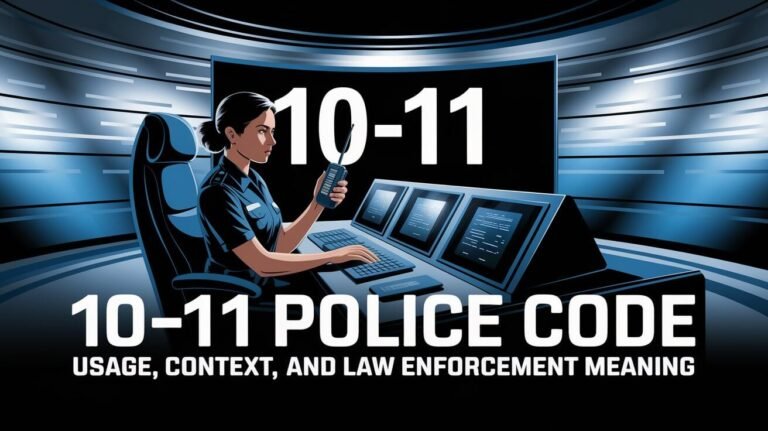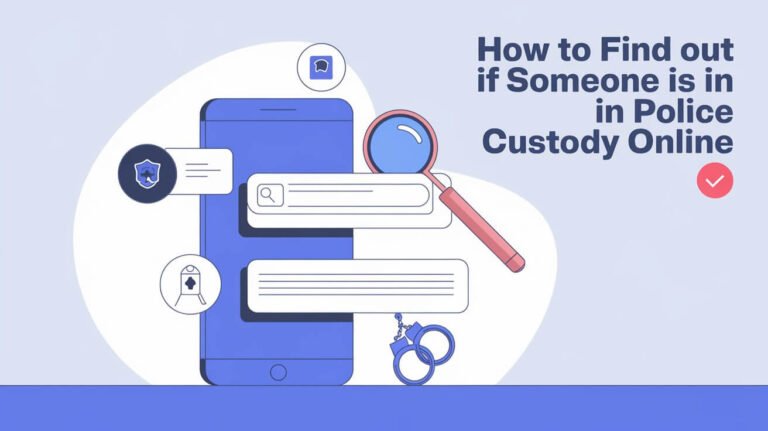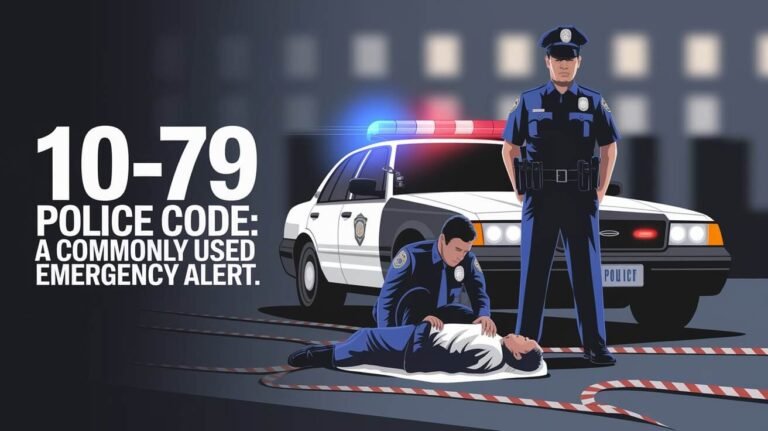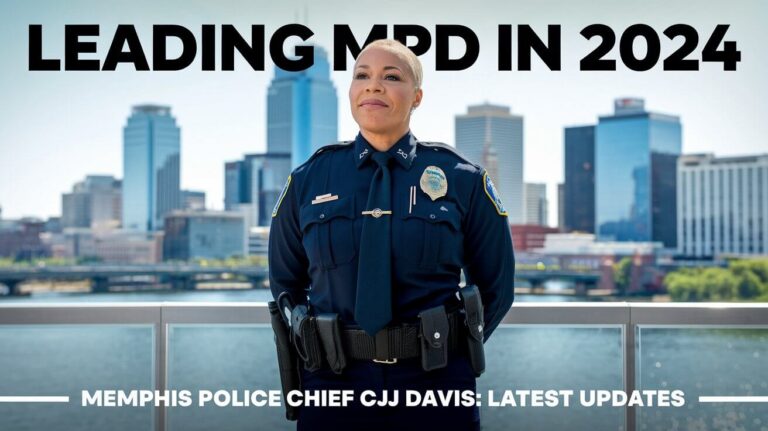Houston Police Department: News, Services & Public Safety

The Houston Police Department plays a key role in keeping the city safe. They work hard to protect and serve the community. They do this through effective community outreach and professional law enforcement services.
By engaging with the community, they build strong relationships. This is done through various programs. These programs help the department connect with its citizens.
The department offers volunteer opportunities to foster cooperation and trust. Programs like the Communicators on Patrol and the Greater Houston Police Activities League are examples. Their mission is to make Houston a safer place for everyone.
They have a non-emergency contact number, (713) 884-3131, and emergency services like 911. This shows their commitment to community outreach and law enforcement excellence. Citizens can easily get help when they need it.
History and Evolution of Houston’s Law Enforcement
Houston Police Department started in 1841. It has changed a lot over the years. The department always aimed to serve the community well.
Important events in the department’s history include setting hiring rules in 1866 and starting the first police detectives in 1894. The title of “City Marshal” changed to “Chief of Police” in 1900.
Foundation and Early Years
The first law enforcement officer was elected in 1837. By 1873, there were 12 officers, with an equal number of black and white officers. Their salary was $60 a month, which stayed the same until 1915.
Modern Transformation
Recently, the Houston Police Department has grown and changed. It now uses new technologies and community policing. The department started using police cars in 1910.
Current Organization Structure
Today, the Houston Police Department has over 5,000 sworn members. Its structure is designed to serve the community well. It focuses on community policing and building good relationships with the public.
| Year | Event | Description |
|---|---|---|
| 1837 | First law enforcement officer elected | Marked the beginning of law enforcement in Houston |
| 1841 | Houston Police Department formed | Established the department as a formal law enforcement agency |
| 1910 | First police car purchased | Marked the beginning of modern law enforcement in Houston |
Community Outreach Programs
The Houston Police Department is dedicated to community outreach. They have many programs to build trust and positive relationships. The Positive Interaction Program (PIP) started in 1983 and now has thirty groups in Houston.
These groups meet monthly with a different police speaker each time. They talk about crime prevention and public safety. This helps community members connect with police and learn more about safety.
Programs like the Greater Houston Police Activities League (GHPAL) offer volunteer chances. They work with youth and adults for sports, education, and mentoring. This helps build a sense of community and responsibility.
Other programs, like the Citizens Patrolling, help with neighborhood groups. These groups support the police by being extra eyes and ears. They help keep the community safe.
| Program | Description |
|---|---|
| Positive Interaction Program (PIP) | Monthly meetings with law enforcement speakers, discussing crime prevention and public safety |
| Greater Houston Police Activities League (GHPAL) | Recruits youth and adult volunteers for athletic, educational, and mentoring activities |
| Citizens Patrolling | Provides administrative support to the Houston Police Department |
These programs are key in building strong police-community ties. They help make Houston a safer and more united place. The Houston Police Department shows its dedication to outreach and safety through these efforts.
Specialized Units and Divisions
The Houston Police Department has many specialized units and divisions. They offer critical support to the community. These units handle high-risk operations and emergency responses.
They include SWAT operations, K-9 unit, mounted patrol, and air support division. Each team is trained for different situations.
SWAT operations team deals with dangerous situations. This includes hostage rescues and apprehending barricaded suspects. The K-9 unit helps in searches and catching suspects.
The mounted patrol is great for crowd control and connecting with the community. The air support division helps from above during law enforcement operations.
Key Specialized Units
- SWAT operations: responding to high-risk situations, such as barricaded suspect apprehensions and hostage rescues
- K-9 unit: providing valuable assistance in searches and apprehensions
- Mounted patrol: effective tool for crowd control and community engagement
- Air support division: providing aerial support for law enforcement operations
These units are key to keeping the public safe. They are ready to respond to emergencies. The Houston Police Department’s teams are dedicated to serving the community well.
Crime Prevention Strategies
Keeping public safety high is key, and the Houston Police Department knows it. They use community policing to work with locals to fight crime. This way, they can tackle crime hotspots more effectively.
Crime often happens in small, specific areas. For example, a few streets can see a lot of arrests. The Houston Police Department uses maps to find these spots. They then focus their efforts there, leading to big drops in crime.
Some of the Houston Police Department’s main strategies include:
- Community outreach programs to educate the public on crime prevention and safety
- Neighborhood watch programs to encourage community involvement in crime prevention
- Crime prevention workshops to provide residents with tips and resources on how to stay safe
Houston Police Department is all about making the city safer. They believe in community policing and public safety. By working with the community, they can keep crime low and everyone safe.
Training Academy and Recruitment
The Houston Police Department’s training academy is key to its recruitment. It gives new recruits the skills and knowledge needed for a career in law enforcement. The academy is a state-of-the-art facility, covering seventy acres with over 1,000,000 square feet of floor space.
Curriculum is designed to give recruits a broad education in law enforcement. This includes training in firearms, first aid, and crisis management. These are all essential for a career in law enforcement.
The recruitment process for the Houston Police Department is thorough. It includes a background check, physical fitness test, and written exam. Once accepted, recruits receive a competitive salary and benefits package. This includes a $10,000 salary increase and a $5,000 incentive upon graduation.
Department aims to attract highly qualified candidates. It wants those interested in law enforcement careers who are committed to serving their community.
Academy Curriculum
The academy curriculum covers a range of topics, including:
- Firearms training
- First aid and emergency response
- Crisis management and de-escalation techniques
- Law enforcement procedures and protocols
The Houston Police Department is dedicated to providing top-notch training and resources. The police training academy is a key part of this effort. By investing in recruitment and training, the department ensures its officers are well-prepared to serve the community.
| Topic | Description |
|---|---|
| Firearms Training | Hands-on training with firearms, including safety procedures and marksmanship techniques |
| First Aid and Emergency Response | Training in basic first aid and emergency response procedures, including CPR and wound management |
| Crisis Management and De-escalation Techniques | Training in crisis management and de-escalation techniques, including communication and negotiation skills |
Emergency Response Systems
The Houston Police Department has a strong emergency response system. It includes 911 services and emergency dispatch. This system quickly responds to emergencies like medical issues, fires, and crimes in progress.
The department’s emergency response is key to its public safety plan. It aims to help those in need quickly and effectively.
City of Houston uses the AlertHouston system for emergency updates. People can sign up for alerts by email, text, voice call, or mobile app. The City also uses the Wireless Emergency Alerts (WEA) system for very serious emergencies.
| Emergency Response Level | Description |
|---|---|
| Level I | Maximum readiness with a fully activated Emergency Operations Center (EOC) operating on a 24-hour schedule. |
| Level II | High readiness, with activation of the EOC for support among key agencies. |
| Level III | Increased readiness with possible activation of the EOC. |
| Level IV | Normal operations, with the EOC at a low level of activation. |
Houston Police Department’s emergency response system is vital for public safety. It uses 911 services, emergency dispatch, and other systems. This helps the department respond fast and effectively to emergencies, keeping the community safe.
Technology and Innovation in Policing
The Houston Police Department is using new technology to improve its work. This is important because of the current shortage of police officers. They are using digital evidence management and other tools to work more efficiently.
Some of the key technologies used by the Houston Police Department include:
- License plate reading cameras, with over 3,800 units installed
- Flock Safety’s license plate scanning program, which tracks vehicles and links them to reported crimes
- Body cameras, which provide a visual record of police interactions with the public
These tools help the department respond faster to emergencies and solve crimes. Dr. Everette Penn says new tech is key because of the officer shortage. The department is finding the best tech to meet community needs and cut down on crime.
| Technology | Description |
|---|---|
| License Plate Reading Cameras | Tracks vehicles and links them to reported crimes |
| Flock Safety’s License Plate Scanning Program | Provides real-time data on vehicle movements |
| Body Cameras | Provides a visual record of police interactions with the public |
Public Safety Resources
The Houston Police Department offers many public safety resources. These include online reporting tools, safety guidelines, and emergency contacts. With online reporting, people can report crimes from home. This makes it easier for everyone to help keep the community safe.
The safety guidelines give tips on how to prevent crime and stay safe. By following these tips, people can help make their area safer. The emergency contacts section lists who to call in an emergency. This includes the department’s non-emergency number and 911 services.
Online Reporting Tools
Some key features of the online reporting tools are:
- Easy and convenient reporting of crimes and incidents
- Ability to upload supporting documents and evidence
- Secure and confidential reporting process
Safety Guidelines
The safety guidelines cover many topics, including:
- Crime prevention tips
- Home security advice
- Personal safety guidelines
Emergency Contacts
In an emergency, citizens can call the department’s emergency services, including:
| Emergency Service | Contact Number |
|---|---|
| 911 Services | 911 |
| Non-Emergency Number | 713-884-3131 |
Using these public safety resources, citizens can help keep their community safe. The Houston Police Department is dedicated to helping the community stay safe. Together, we can make our community safer for everyone.
Partnerships and Collaborations
The Houston Police Department works closely with many organizations to keep the community safe. These partnerships help lower crime rates and make life better for everyone. Together, they offer better services and meet the community’s complex needs.
One key partnership is with The Harris Center through the Mental Health Division. This team helps officers during mental health emergencies. They also have a Homeless Outreach Team that works with mental health experts to help the homeless.
The department’s efforts have earned national recognition. It’s one of six police departments chosen by the United States Council of State Governments. Here are some important stats:
- 43 full-time personnel in the Mental Health Division
- Collaborative civilian members from The Harris Center work closely with HPD personnel
- Over 5,600 law enforcement personnel trained annually through the Crisis Intervention Training Unit
- HPD serves as one of 14 Council of State Governments Learning Sites for co-responder program training
These partnerships show the department’s strong commitment to public safety. They work hard to provide the best services to the community.
| Program | Description |
|---|---|
| Mental Health Division | Collaborates with The Harris Center to provide specialized services |
| Crisis Intervention Response Team | Deploys officers with masters-level licensed professional clinicians to assist patrol officers |
| Homeless Outreach Team | Works with mental health case managers to engage with the chronically homeless population |
Summary
The Houston Police Department has a long history and a strong commitment to the community. It has grown and changed over the years. This growth is thanks to its dedication to public safety and community policing.
Starting with just one City Marshal and 12 officers in 1841, the department has expanded greatly. Today, it is one of the largest and most respected in the country. Its specialized units, training programs, and technology help keep the city safe.
The department is focused on building strong community ties and keeping everyone safe. As Houston grows, the police will continue to play a key role. They ensure the safety and well-being of all who live here.

